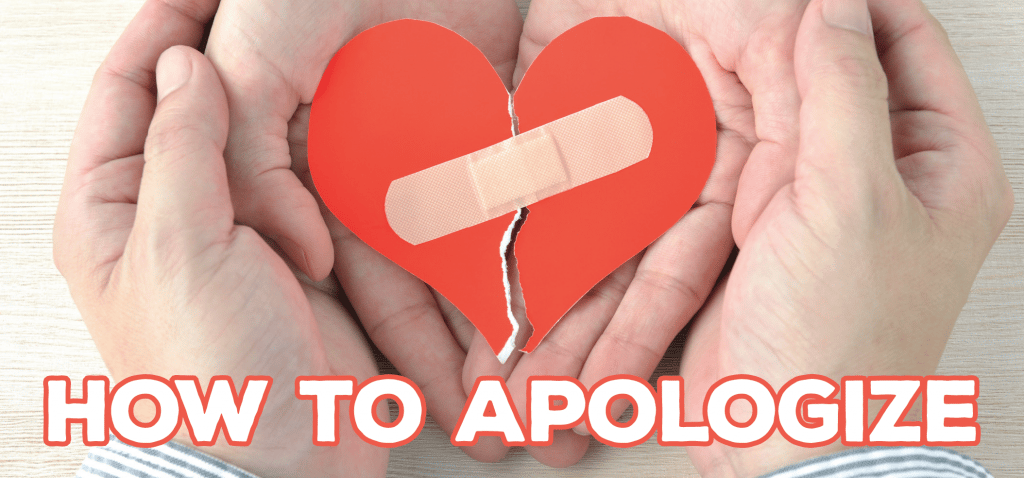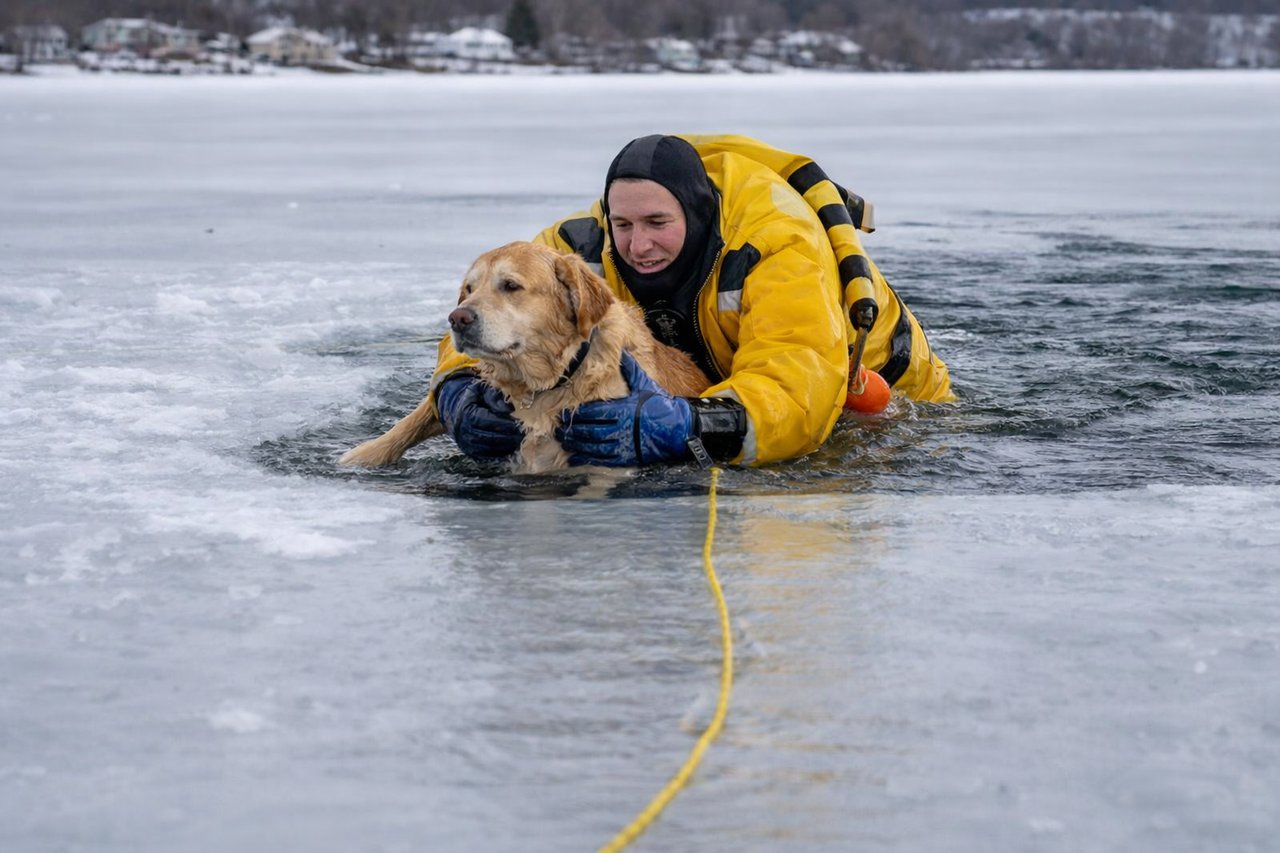June 3rd, 2025
He comes from a wealthy family, is attending Harvard, and plays ice hockey.
Her family is working class, but she attends Radcliffe and studies classical music.
Despite their differences, they fall in love. He proposes. She says yes.
He takes her to meet his parents. They are judgmental and unimpressed.
His father threatens to cut him off financially. They get married anyway.
They want to have a baby but cannot conceive. Tragically, tests reveal she is terminally ill.
Does this story sound familiar? It’s the plot from the 1970 novel and movie, Love Story.
Now, do you remember the popular catchphrase?
It was first spoken by Jenny (Ali MacGraw) about halfway through the movie. It was spoken again by Ollie (Ryan O’Neal) at the end.
The line was: “Love means never having to say you’re sorry.”
This memorable line gained widespread popularity in American culture at the time. It was also ridiculed extensively.
O’Neal appeared in a comedy called What’s Up Doc? in 1972, and in the final scene, when Barbra Streisand says the same line, O’Neill responds, “That’s the dumbest thing I ever heard.”
Off-set, MacGraw also stated she hated the line and thought it was ridiculous.
While idealistically romantic, it is a rather absurd sentiment. Ironically, it’s quite the opposite that we know to be true. Love means having to say you’re sorry a lot. Sincere apologies are the glue that mends.
But you might be surprised to learn that sociologists say the average human being is not that great at apologizing. I’m not going to delve into the science on that one, but you can Google it and find plenty to read on the subject.
Let’s skip ahead to “How to deliver the perfect apology.”
There are a myriad of different “formulas” out there. Some have three steps. Others have five steps. One detailed apology formula I found has 10 individual steps! That’s enough to make anyone think twice about apologizing!
Joking aside, in this article, I’m going to lay out the four basic steps and an easy acronym to remember them by: AAAA.
“An apology? Bah! Disgusting! Cowardly! Beneath the dignity of any gentleman, however wrong he might be.” – Steve Martin
Despite what Mr. Martin says, true apologies are one of the most important parts of any healthy, loving relationship. Here are the four foundational components of the 4A Formula:
Admitting
When you mess up, own it. You can say you’re sorry until you’re blue in the face, but it won’t matter unless you call yourself on the carpet first. As Samantha Ponder said, “How can you accept an apology from someone if they don’t say what they did wrong first?”
Apology
Maintain constant eye contact as you say “I’m sorry”. If it’s appropriate in the relationship, you can also reach out to touch someone on the forearm, take someone’s hands in yours, or even embrace them in a warm hug when you say these very important words. This step is all about sincerity. And NEVER utter the ill-fated, “I’m sorry, but.”.
Assurance
An apology is meaningless without assuring the person that you won’t make the same mistake again. This step is critical in rebuilding trust. Tryon Edwards said, “Right actions in the future are the best apologies for bad actions in the past.”
Ask Forgiveness
An apology is not an apology without asking the four words every person wants to hear: ”Will you forgive me?”
A couple of other helpful hints are to apologize for the right reasons and to choose the right time to do it. Saying “I’m sorry” just to end an argument is the wrong reason to apologize, and saying “I’m sorry” days or weeks after the transgression is the wrong time. Make your apologies genuine and timely to have the greatest impact.
In a nutshell, that’s how to apologize.




